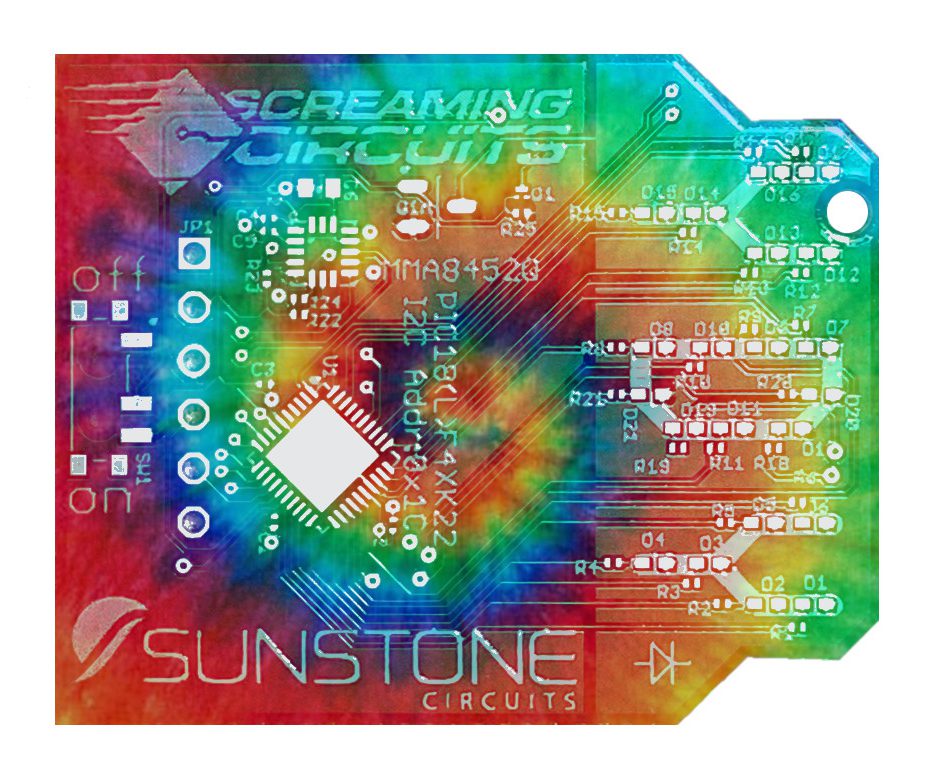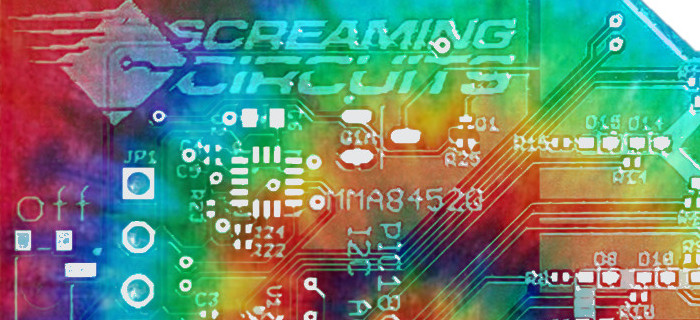It wasn’t that long ago when solder mask was something to be used and not seen. It had a utilitarian purpose, which was to protect the metal from oxidation and control the deposition of solder. Boards were rarely seen (because they were almost always inside an enclosure) except during development. Green was the most popular. I have no idea why. Perhaps it was popular due to the contrast with the average component, or maybe someone got ahold of a large vat of surplus bridge paint and is still working off that supply.
Regardless, things are different now in the solder mask world. It still has many important functional attributes including keeping the solder where the solder belongs, keeping solder away from where it doesn’t belong, and it protects the metal from oxidation. The first two of these are critical for the manufacturing process and the third is for long-term reliability. If your board is going to live in a harsh environment, consider conformal coat for better protection.
A more recent phenomenon is the use of custom colors as a brand component or and artistic statement. I suspect this is an outgrowth of the open source and maker movements where the PC board would be sold and often used without an enclosure.

Arduino products were produced in blue as long as a decade or so ago, as are many boards from Adafruit. SparkFun uses red mask. Ti Launchpads are also red. The Beaglebone uses color, essentially, as a model number; Beaglebone green, Beaglebone black. This has been made possible because most printed circuits board fabrication houses have made different colors more available and more economical than they used to be. Our fab partners at Sunstone Circuits have eight standard colors and a few more available as non-standards. [Editor’s note: Please don’t ask for a tie dye PC board. It’s bad for solder adhesion]
You can often get different color silk screen legend as well. Just make sure there’s contrast between the two. Yellow silkscreen on yellow solder mask would not be the most readable option. I consider PCB design to be an art form, so there’s nothing wrong with make a statement with color. I say, go for it. Just be aware that since green is by far the most common color, it is still usually the least expensive. Adding your artistic tint may cost more, especially in small quantities.
Once you’ve decided on a color for your PC boards, head over to our PCB Assembly quote page and see what it takes to have us buy and build your boards.
Duane Benson
It’s the 21st century. I want my flying car to have tie dye PCBs

